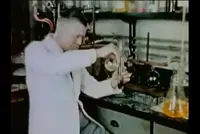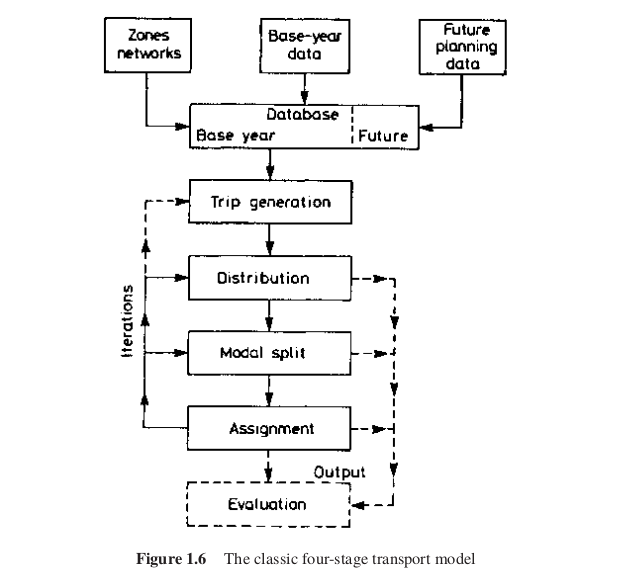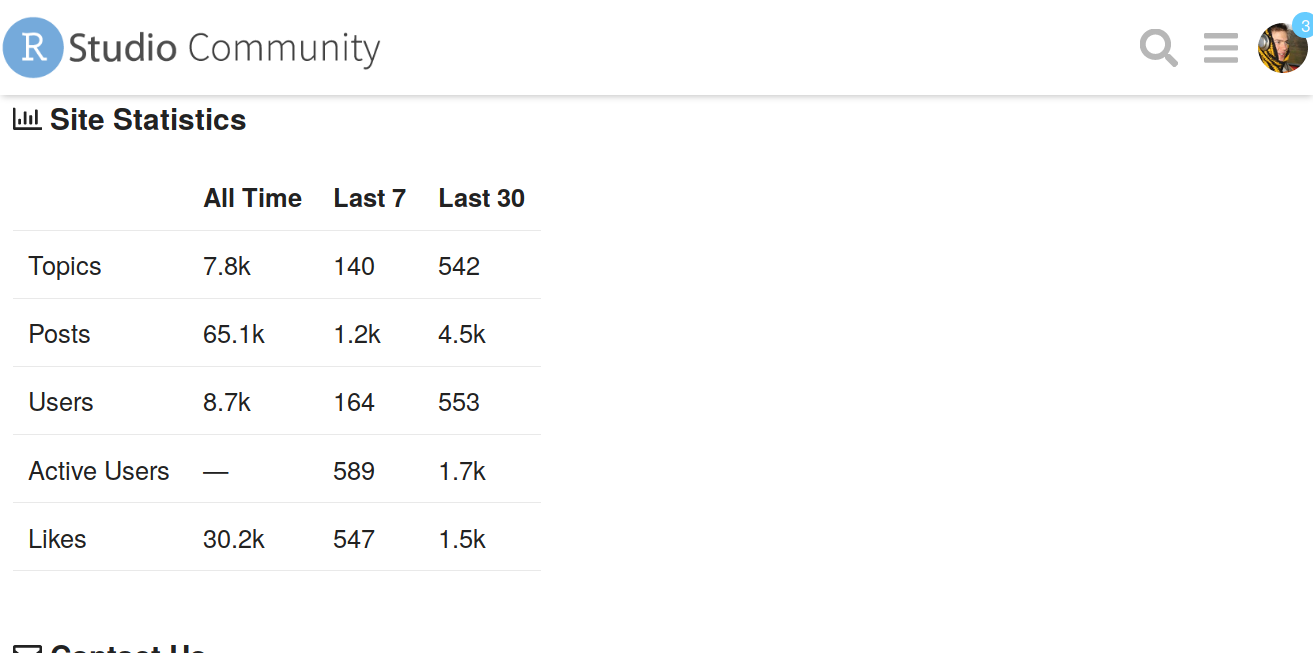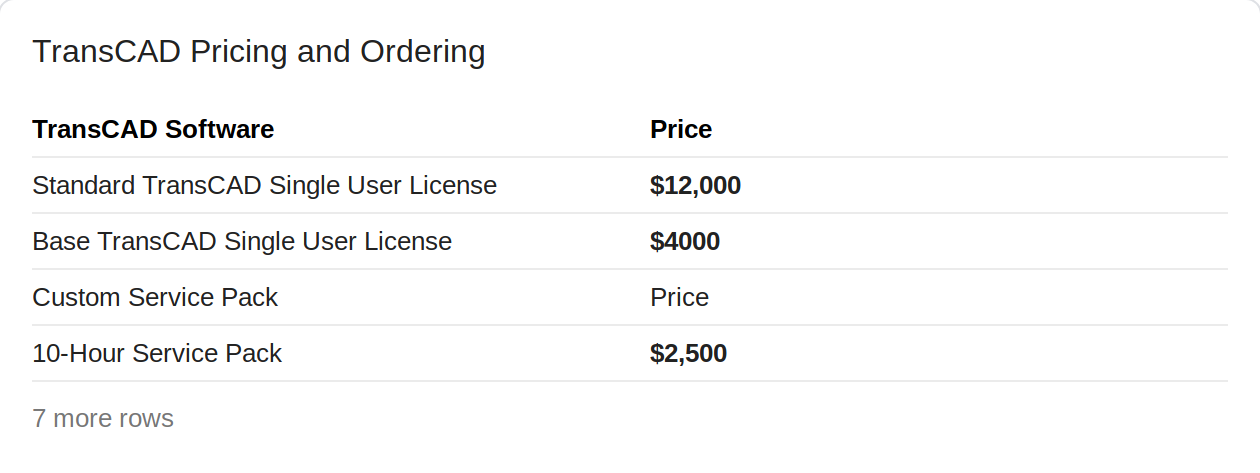Open Access Transport Models
📉🚂🚅🚎🛴🚲🚶📈
Enabling reproducibility and participation in Transport Planning
Robin Lovelace
University of Leeds, Institute for Transport Studies
UBDC, 2021-02-16 (updated: 2021-02-16) Reproducible source code: github.com/Robinlovelace/presentations
The problem

Source: 'Inside the black box' report
- Transport models were designed to support growth in car ownership and reduce journey times (Boyce and Williams, 2015)
The problem

Source: 'Inside the black box' report
Transport models were designed to support growth in car ownership and reduce journey times (Boyce and Williams, 2015)
21^st^ Century priorities are very different
The problem

Source: 'Inside the black box' report
Transport models were designed to support growth in car ownership and reduce journey times (Boyce and Williams, 2015)
21^st^ Century priorities are very different
- Climate science, air pollution and health force a shift in focus
- The concepts of 'participatory democracy' and 'citizen science' mean there is a need for collaborative solutions
The problem

Source: 'Inside the black box' report
Transport models were designed to support growth in car ownership and reduce journey times (Boyce and Williams, 2015)
21^st^ Century priorities are very different
- Climate science, air pollution and health force a shift in focus
- The concepts of 'participatory democracy' and 'citizen science' mean there is a need for collaborative solutions
The solution
New technologies mean that open access transport models are possible
 Source: A/B Street, free, open source, gamified transport planning software github.com/dabreegster/abstreet
Source: A/B Street, free, open source, gamified transport planning software github.com/dabreegster/abstreet
From open source to open access

- Transport models represent a leverage point in transport systems
- New paper, Lovelace et al (2020) describes the emergence and possibilities for 'open access models'
What is science?
- Scientific knowledge is hypotheses that can be falsified
- Science is the process of generating falsifiable hypotheses and testing them
- In a reproducible way
- Systematically

What is science?
- Scientific knowledge is hypotheses that can be falsified
- Science is the process of generating falsifiable hypotheses and testing them
- In a reproducible way
- Systematically

- Falsifiability is central to the scientific process (Popper, 1959)
- All of which requires software conducive to reproducibility

Transport planning software
Transport modelling software products are a vital component of modern transport planning and research.
- They generate the evidence base on which strategic investments are made and, furthermore,
- provide a powerful mechanism for researching alternative futures.
Transport planning software
Transport modelling software products are a vital component of modern transport planning and research.
- They generate the evidence base on which strategic investments are made and, furthermore,
- provide a powerful mechanism for researching alternative futures.
It would not be an overstatement to say that software determines the range of futures that are visible to policymakers. This makes status of transport modelling software and how it may evolve in the future important questions.
What will transport software look like? What will their capabilities be? And who will control? Answers to each of these questions will affect the future of transport systems.
Transport planning software
Transport modelling software products are a vital component of modern transport planning and research.
- They generate the evidence base on which strategic investments are made and, furthermore,
- provide a powerful mechanism for researching alternative futures.
It would not be an overstatement to say that software determines the range of futures that are visible to policymakers. This makes status of transport modelling software and how it may evolve in the future important questions.
What will transport software look like? What will their capabilities be? And who will control? Answers to each of these questions will affect the future of transport systems.
- Premise: transport planning/modelling software used in practice
will becomeis becoming increasingly data-driven, modular and open.
Current transport software
Current transport software
(Source: Crispin Cooper, author of sDNA)

Still dominates transport planning models (Boyce and Williams 2015)

Still dominates transport planning models (Boyce and Williams 2015)
The four stage model (left)
Impacts the current software landscape
Dominated by a few proprietary products
Limited support community online
High degree of lock-in
Limited cross-department collaboration
Existing products
| Software | Company/Developer | Company HQ | Licence | Citations |
|---|---|---|---|---|
| Visum | PTV | Germany | Proprietary | 1810 |
| MATSim | TU Berlin | Germany | Open source (GPL) | 1470 |
| TransCAD | Caliper | USA | Proprietary | 1360 |
| SUMO | DLR | Germany | Open source (EPL) | 1310 |
| Emme | INRO | Canada | Proprietary | 780 |
| Cube | Citilabs | USA | Proprietary | 400 |
| sDNA | Cardiff University | UK | Open source (GPL) | 170 |
User support
Getting help is vital for leaning/improving software
User support
Getting help is vital for leaning/improving software

User support
Getting help is vital for leaning/improving software

"10-Hour Service Pack $2,000" (source: caliper.com/tcprice.htm)
Online communities
gis.stackexchange.com has 21,314 questions
r-sig-geo has 1000s of posts
RStudio's Discourse community has 65,000+ posts already!
Online communities
gis.stackexchange.com has 21,314 questions
r-sig-geo has 1000s of posts
RStudio's Discourse community has 65,000+ posts already!
No transport equivalent (e.g. earthscience.stackexchange.com is in beta)
Potential for a Discourse forum or similar: transport is not (just) GIS
Future transport software
How is data science used in the PCT?
- It's all reproducible, e.g.:
- Find commuting desire lines in West Yorkshire between 1 and 3 km long in which more people drive than cycle:
# Set-up, after installing R and checking out www.pct.bike:u = "https://github.com/ITSLeeds/TDS/releases/download/0.1/desire_lines.geojson"library(dplyr)library(sf)desire_lines = read_sf(u)Visualising data
A fundamental part of data science is being able to understand your data.
That requires visualisation, R is great for that:
plot(desire_lines)
- Interactively:
library(tmap)tm_shape(desire_lines) + tm_lines("all")Processing data with code
Now we have data in our computer, and verified it works, we can use it
Which places are most car dependent?
car_dependent_routes = desire_lines %>% mutate(percent_drive = car_driver / all * 100) %>% filter(rf_dist_km < 3 & rf_dist_km > 1)Checking the results:
b = c(0, 25, 50, 75)tm_shape(car_dependent_routes) + tm_lines(col = "percent_drive", lwd = "all", scale = 5, breaks = b, palette = "-inferno")
Is already here II
The ActDev project:

- A/B Street - R integration, see https://github.com/a-b-street/abstr
Live demo

Get involved
Support open source solutions indirectly
- Sign-up to platforms for sharing and collaborating on open source projects, such as https://github.com/
- Preferentially use, cite and endorse open access and open source solutions
- Find the open source tool best suited to your needs and communicate constructively with the developers
- Communicate ways to improve open source solutions, e.g. by commenting on 'issue trackers' on forums such as GitHub
Download, install and play with open source software
- R/RStudio, great for data analysis but also interactive visualisation and, increasingly, transport planning workflows
- Have a play with open access transport tools such as A/B Street and the PCT, which can run on your computer or in the browser
References
Boyce, D.E., Williams, H.C.W.L., 2015. Forecasting Urban Travel: Past, Present and Future. Edward Elgar Publishing.
Beimborn, E., Kennedy, R., 1996. Inside the Blackbox: Making Transportation Models Work for Livable Communities. Citizens for a Better Environment.
Lovelace, R., Parkin, J., Cohen, T., 2020. Open access transport models: A leverage point in sustainable transport planning. Transport Policy 97, 47–54. https://doi.org/10.1016/j.tranpol.2020.06.015
Thanks
Contact me at r. lovelace at leeds ac dot uk (email), @robinlovelace
Check-out links to my work at robinlovelace.net
Thanks
Contact me at r. lovelace at leeds ac dot uk (email), @robinlovelace
Check-out links to my work at robinlovelace.net
Thanks to everyone building a open and collaborative communities
Thanks to the University of Leeds and the Institute for Transport Studies



